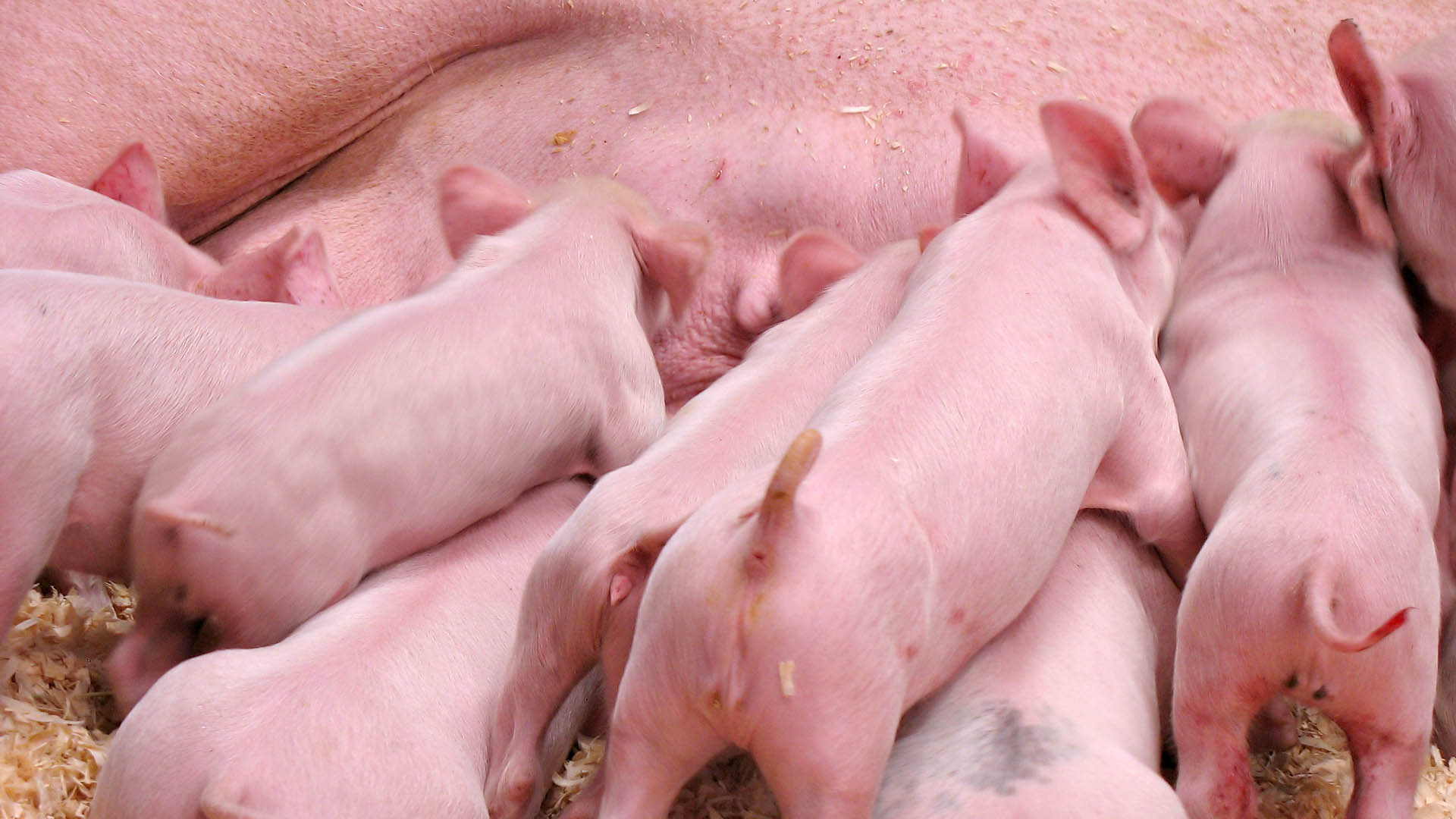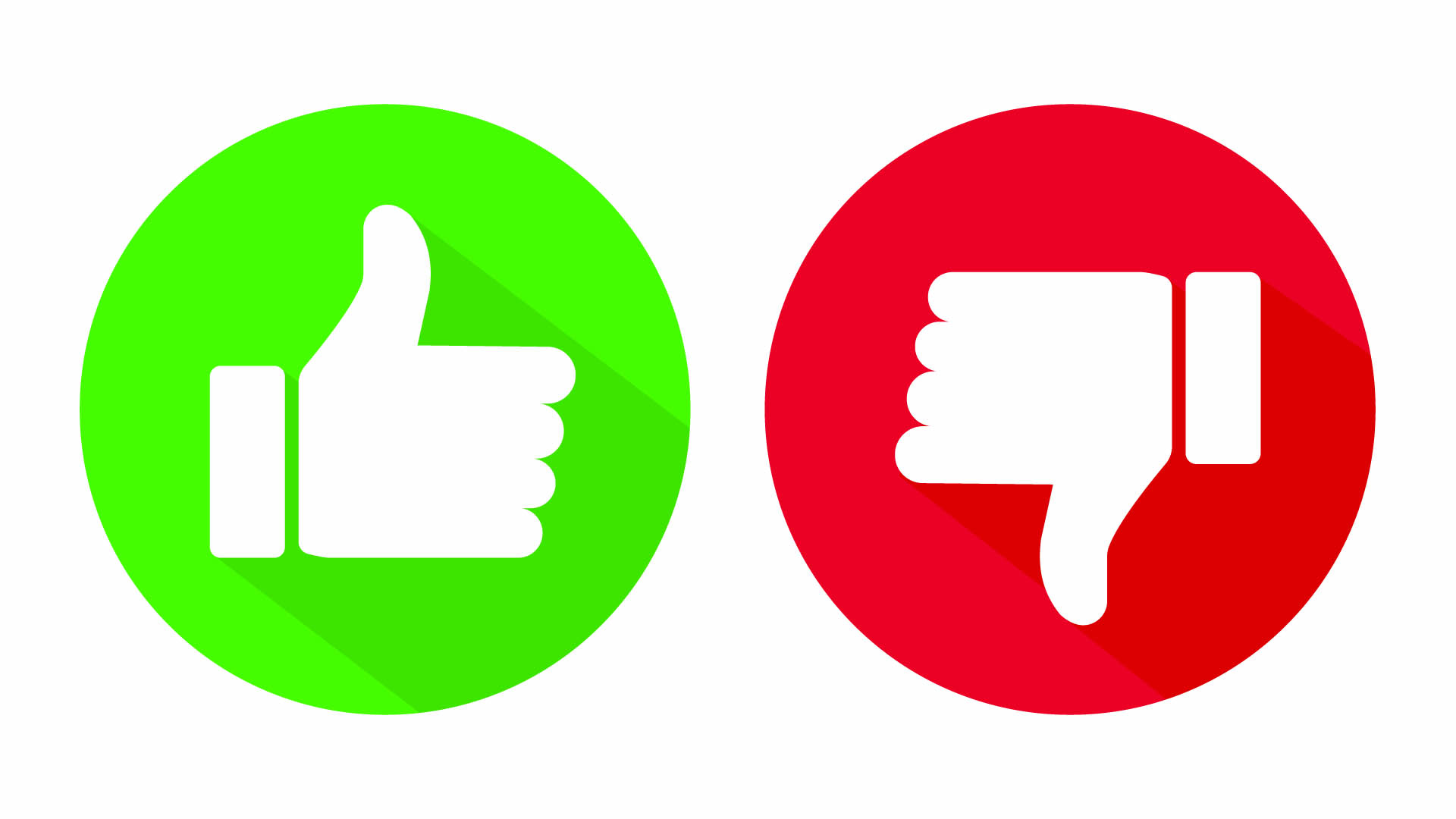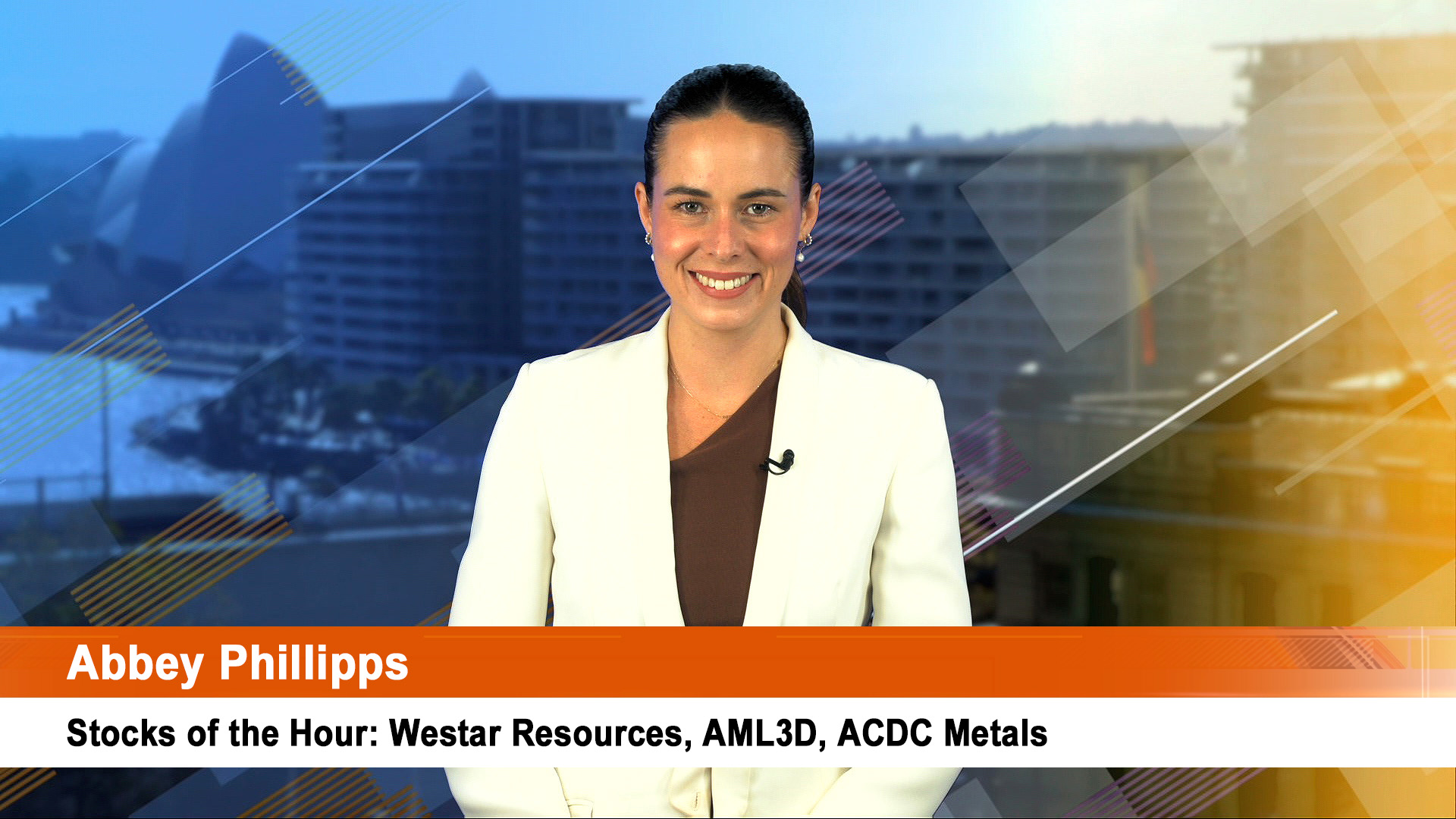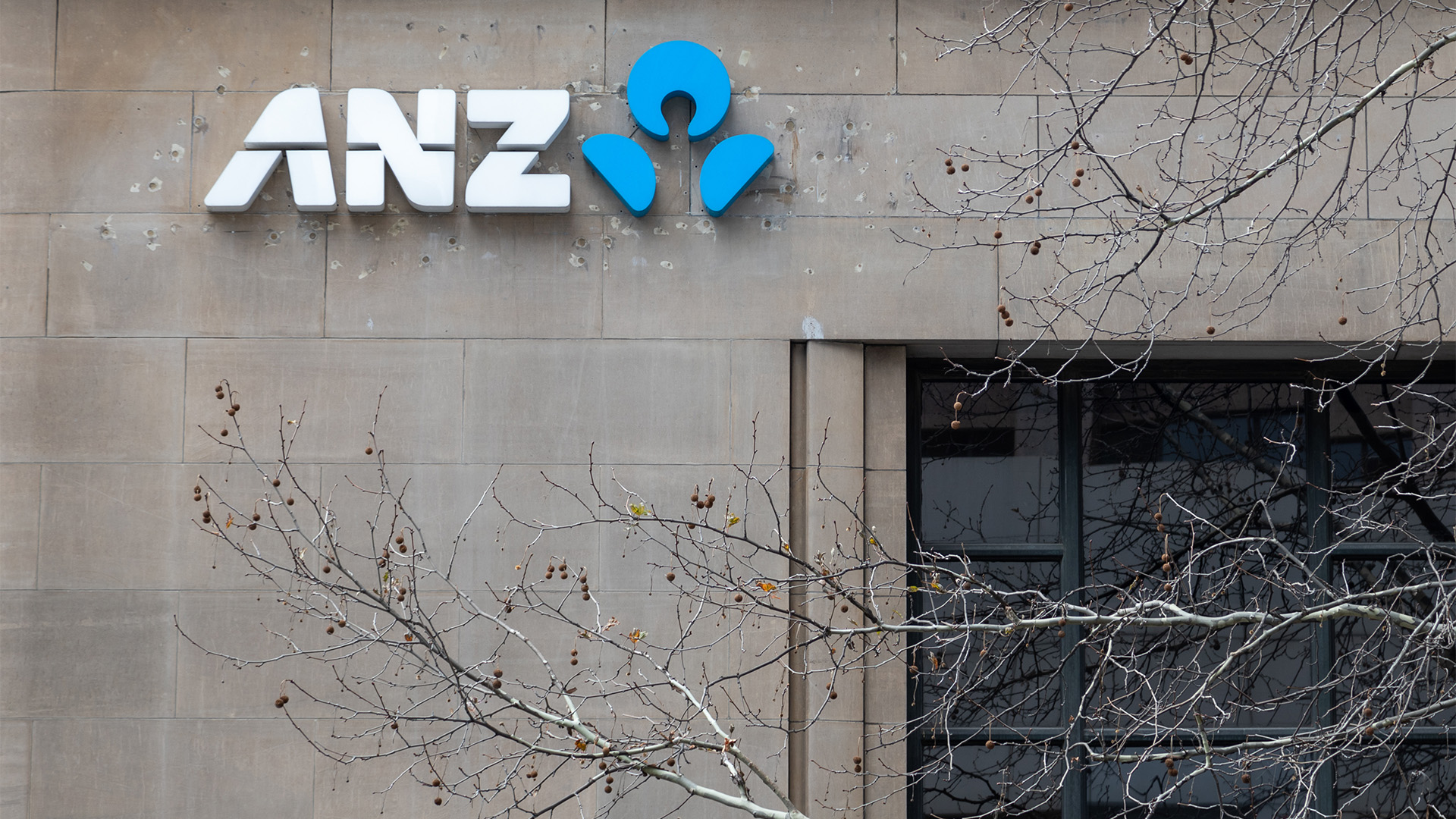The Aussie dollar finished at 91.84 US cents in New York early Saturday, and despite what investors might be avoiding admitting to themselves that's 'ouch' territory.
And in early Australian trading Monday, glimpsed 92 US cents when it touched 91.96.
It might be helping the likes of electronics goods retailers, importers and others, but we'd better get used to the Aussie heading further northwards, especially if the US Fed cuts interest rates this week as expected.
Another volatile week on the currency markets saw the US dollar fall to a record low against the euro on Friday as fears mounted over the health of the US economy, although the news still remains mixed and not all on the side of heading towards a slump.
The greenback came under pressure as a string of weak economic data, including more bad news from the US housing market, offered further evidence of slowdown that was likely to prompt the Federal Reserve to cut interest rates this week.
Surging oil and gold prices fed off the falling US dollar, while copper and some other commodities also bounced up Friday.
The Canadian dollar rose to a 33-year high against its US counterpart while those soaring gold prices helped the Australian dollar climb 3% to 91.84 against the US dollar over last week.
And that strength is having an impact on share prices, despite what the broader market is doing.
The currency is hurting corporate earnings: Billabong was punished on Friday after the annual meeting was told the stronger Aussie was cutting earnings.
It was a week when many big investors started waking up to the impact of a strong currency. (Amcor was another to reveal a probable earnings cut if the dollar remains around current levels into 2008.)
Aristocrat was punished last week and Santos again revealed a currency impact as well in its third quarter production report.
A look at the worst performing stocks on the ASX200 show that most of the Top 10 were hurt by a dollar exposure of some type.
They included Aristocrat (down 21%), Allco Finance, off 10.3%, Santos, 8.93%, Asciano, down 8.21% (maybe the odd one out), Billabong, off 8%, James Hardie, off 7.3%, Caltex Australia, down 6.55%, Boral, 6% and OneSteel, off 5.44%.
OneSteel is copping a double whammy from cheaper imports and lower returns on its exports of steel and iron ore. AGL Energy was down 6.9% more on the management instability, but its earnings have been hurt by the higher dollar clipping export oil income.
CSL though, which could lose $60 million or more from earnings, was one of the better performers because earnings and revenues from the Gardasil cervical cancer vaccine are doing better than forecast.
Leighton was another to do well, despite its overseas exposure, but that was more a function of its small available float (its German parent owns 56% of the issued capital).
Brambles, another company with big US dollar (and euro earnings) also did well late last week on takeover speculation from Asciano and a solid briefing to investors in New York.
This is the practical side of the booming currency. Car makers are moaning about the damage the high dollar is doing to their exports of vehicles and parts.
But none of them have admitted that the imports of cars and parts (Toyota in particular, the main moaner) are being boosted substantially by the higher dollar making all those vehicles made in Japan, the US, Asia, South Africa and Europe cheaper.
The Aussie dollar has made sharp gains against the US dollar and Yen, but not against the euro, which has risen strongly against most currencies, especially the greenback.
Billabong's annual meeting on Friday was instructive about the impact of the stronger dollar.
The company said first-half earnings will fall because of the stronger Aussie dollar.
While the company said it expects annual earnings-per-share growth of between 5% and 10% for the year to next June, it indicated the first half would be softer. But it didn't provide a forecast, which might indicate they still don't know.
Billabong gets 71% of sales outside Australia. Chief Executive Officer, Derek O'Neill, kept the forecast for profit to rise 15% in constant currency terms (but currencies don't remain constant).
"It is the reported number that will be lower, depending on how currencies ultimately fluctuate,'' O'Neill said in the statement. "The business has maintained good momentum in all regions, including the much talked about U.S. market where sales have been strong, particularly in August and September.''
Billabong shares slumped $1.31 last week to $14.91 on Friday, and 54c of the loss came on the same day. The shares are down around 13% so far this calendar year.
In contrast, the domestically orientated metal products group, Crane Group, says it has made a solid start to the financial year and anticipates a further improved performance despite concerns about the markets in Australia and New Zealand, and the dollar.
The company's annual general meeting in Sydney was told that management was optimistic about the company's performance for the 2007/08 financial year.
CEO, Greg Sedgwick, said Crane expected to boost annual net profit for fiscal 2008.
This was despite concerns surrounding the Australian building market and the New Zealand economy.
"The company anticipates an improved full year financial performance, despite concerns with the New Zealand economy and exchange rate and the ongoing variability in Australia's building activity," Mr Sedgwick said in a statement to the meeting.
"Net profit is expected to be up at the half, approximately eight to ten per cent. "At the full year, we are still targeting net profit to be up 15 to 20 per cent on last year."
Mr Sedgwick said the













